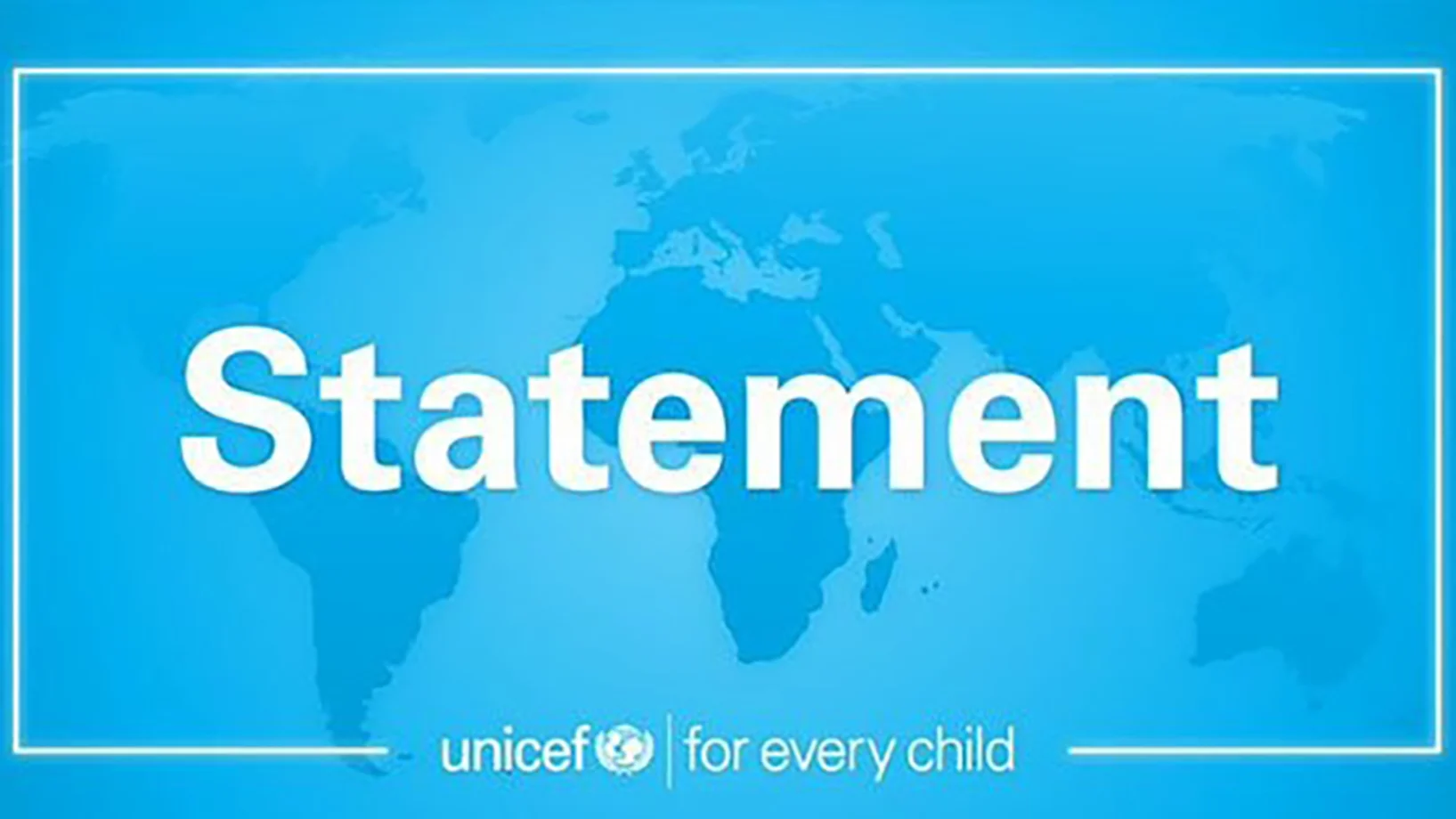A statement by Abdullah Fadil, UNICEF Representative in Pakistan, at today’s press briefing at the Palais des Nations in Geneva.
“Four million children are still fighting for survival near contaminated and stagnant flood waters. With homes destroyed, they are suffering a bitter winter, without decent shelter. Villages turned into islands; children turned into orphans; families still living under scraps of plastic in literally freezing conditions.
In the flood-affected districts, about 1.6 million children were already suffering from severe acute malnutrition, while another six million children suffer from stunting, a condition that can cause irreversible damage to children’s brains, bodies, and immune systems. Post floods, UNICEF expects this situation to have worsened exponentially.
27,000 schools have been washed away. And despite the ongoing tragedy, despite all the young lives at stake, UNICEF’s current appeal of US$173 million is less than half funded. This is notwithstanding our work across almost every sector, reaching millions of children.
Yes, last week, international donors pledged over US$9 billion to help Pakistan recover from the catastrophe. This is a very generous move. But children must be at the center of recovery, rehabilitation, and reconstruction efforts.
Real economic recovery and sustained growth can only be achieved if we make the necessary investments to meet the immediate and longer-term needs of children.
It is also imperative that we invest in building human capital and resiliency – particularly in rural Sindh and Balochistan where much of the devastation occurred. These vulnerable communities need reliable access to essential services such as healthcare, nutrition, education, protection, hygiene, and sanitation.
Pakistan is a known climate hotspot, and it is only a matter of time before another large-scale climate disaster strikes the country’s children. We need flexible funding to double our efforts today; and long-term investment that addresses persistent inequities that girls and boys have faced for far too long.”

